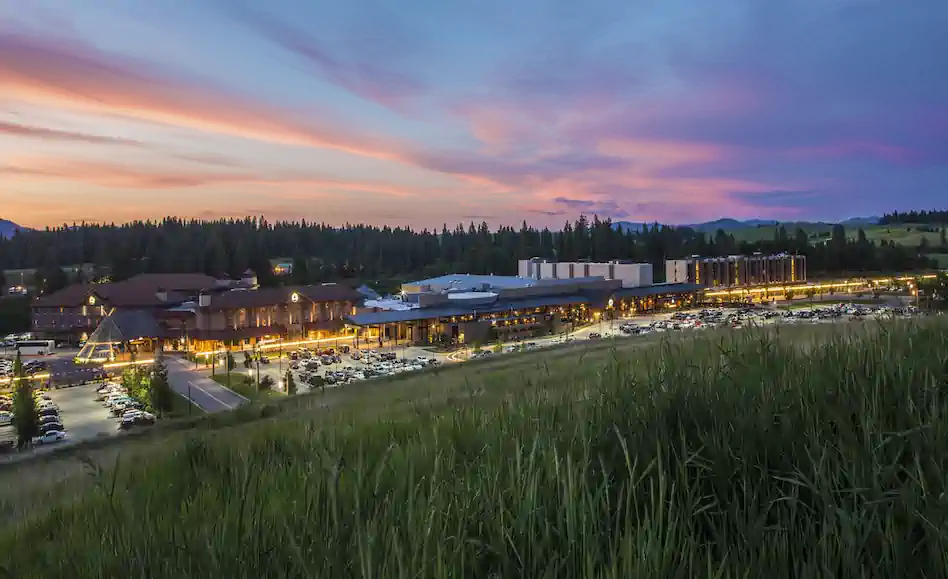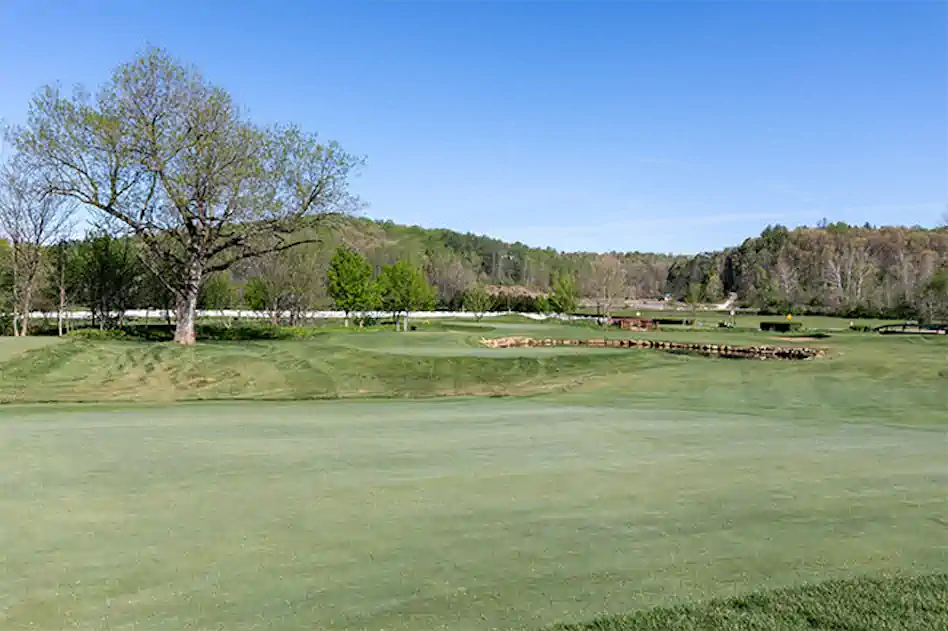Sea Trail: A Stay-and-Play Gem
If you are seeking a fun, memorable, and affordable East Coast golf getaway with your buddies or your family, then set your sights on the Sea Trail Resort, located in the Brunswick Isles area of North Carolina, just south of Wilmington. Sea Trail is actually in Sunset Beach, where the nearby beaches along the Atlantic Ocean are as pristine and inviting as any sandy spot from Maine to Miami…..where the locally caught fresh seafood is as tasty and delicious as anywhere in the world……where the ice cream at Calabash Creamery is second-to-none..…..where the accommodations are on par with quality of the three championship golf courses (which truly deserve the championship label)….and where the weather allows golf to be played 52 weeks a year.
When you visit Sea Trail (www.seatrail.com), the quality of the beach experience and accommodations are best described with one word: luxurious. It’s like putting a red bow on a wrapped gift. Truth be told, it’s fair to say that the overall experience at Sea Trail is on par with any stay-and-play destination in the southeastern United States. Simply put, there is no stress at Sea Trail, with the exception of the stress associated with trying to drain a four-footer for par on any given hole. The toughest part of your trip to Sea Trail is having to say goodbye to this slice of oceanside paradise.
Sea Trail’s three golf courses – William Byrd Course, Rees Jones Course, and the Dan Maples Course – are well-designed, fair, fun, and player friendly. Very few golf destinations are like Sea Trail, which have three top-notch 18-hole courses in one location. Locals simply refer to the three courses as the Bryd, Jones, and the Maples.
Sea Trail Byrd Course
At the Bryd, there are sand traps on every hole and around every green. The large number of bunkers is somewhat penal, but it is not too harsh. There’s plenty of room to play the Byrd and avoid the sand. The home hole at the Byrd is a par five which only measures 469 yards from the tips, but there are at least 12 bunkers and three water hazards from tee to green. FYI: The 7th and 8th greens are surrounded by five bunkers.

Sea Trail Byrd Course
Sea Trail Jones Course
At the Jones, water hazards exist on 11 of the 18 holes. Stay away from the water at all costs, as nobody has ever been known to get ‘up & down’ for par from the bottom of any of those ponds. Many fairways feature large mounds which will impact your stance and club selection as you hit your approach shots to the greens. FYI: The Jones course was used as a 2006 U.S. Open qualifying course.

Sea Trail Jones Course
Sea Trail Maples Course
At the Maples, there are short par fours, long par fives, and gettable par threes. The one exception is probably the most difficult hole at the Maples — the right-to-left par-four 9th which is more than 400 yards long from three of the four tee boxes. Well-struck tee shots at the Maples will put you in a position to excel. Water lurks along the 1st, 2nd, and 15thfrom tee to green. On the 12th, a waste bunker borders the fairway for three-quarters of the hole. At the Maples, five of the holes are perched along the scenic Calabash Creek. North Carolina Magazine has rated the Maples as the “Top Best Conditioned Course on the Coast.” And. Golf Digest has given the course four stars. FYI: This course may be Dan Maples’ finest creations.

Sea Trail Maples Course
Golf Digest has ranked both the Byrd and Jones courses as “Top 100 Courses in North Carolina,” which is quite an honor considering how many great golf courses are in the Tar Heel state.
One constant about each course is the presence of those tall Carolina pine trees which border many of the fairways. The great thing about those pine trees is that they are devoid of low-level branches so it’s possible to execute an escape shot from the woods without having to worry about a well-struck punch shot clipping a low-hanging branch, thus preventing an escape to the fairway.
So, set your sights on traveling to the Sea Trail Resort (800-546-5748 or 910-287-1156). It’s a true stay-and-play gem which is fun, memorable and affordable, just like the golf, 52 weeks a year.















